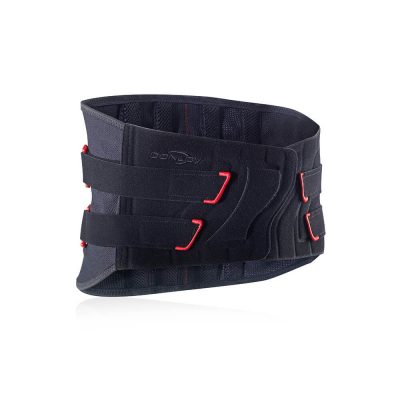Project Report For Back Braces
Introduction
Project Report For Back Braces is as follows.
Back braces are orthopedic devices that are designed to support and immobilize the spine. They are commonly used to treat various conditions that affect the back, such as spinal fractures, scoliosis, and herniated discs. Back braces are made of different materials, including elastic, plastic, metal, and foam, and come in different shapes and sizes to accommodate various body types and conditions.
Back braces are typically prescribed by a healthcare provider or specialist and can be custom-made or off-the-shelf. Custom-made braces are designed specifically for the individual’s unique condition and body shape, while off-the-shelf braces come in standard sizes and are adjustable to fit the individual’s body.
The primary function of back braces is to limit the motion of the spine and reduce stress on the back muscles, ligaments, and nerves. By stabilizing the spine and reducing movement, back braces can help relieve pain and improve posture. They can also promote healing by reducing pressure on the injured area, allowing tissues to repair and regenerate.
Back braces are commonly used in combination with other treatments, such as physical therapy, medication, and surgery. In some cases, back braces may be used to help prevent further injury or damage, such as in individuals who have a history of back pain or who engage in physically demanding activities.

Types Of Back Braces
- Rigid braces: These braces are made of hard plastic and metal and are designed to restrict motion in the spine. They are commonly used to treat spinal fractures, severe scoliosis, and other conditions that require a high degree of immobilization.
- Soft braces: These braces are made of elastic or neoprene material and are designed to provide support and compression to the back muscles. They are commonly used to treat mild to moderate back pain, muscle strains, and sprains.
- Corset braces: These braces are designed to provide support to the lower back and are commonly used to treat conditions such as spinal stenosis and herniated discs.
- Posture braces: These braces are designed to improve posture by pulling the shoulders back and aligning the spine. They are commonly used to treat poor posture, which can contribute to back pain and other problems.
Get Completely Custom Bankable Project Report
Market Potential of Back Braces
The size of the worldwide orthopaedic braces and supports market, which is projected to be USD 4.06 billion in 2021, is expected to increase at a compound annual growth rate (CAGR) of 6.5% from 2022 to 2030.
The market potential for back braces in India is also driven by the increasing availability of these devices. Back braces are now widely available in medical stores, hospitals, and online. The availability of back braces in a variety of designs and price points makes them accessible to a broad spectrum of consumers.
The market potential for back braces in India is not without its challenges, however. One of the primary challenges is the lack of awareness among consumers about the benefits of using back braces. Many people in India are still unaware of the role that back braces can play in managing back pain and other spinal conditions. As a result, there is a need for more education and awareness campaigns to increase the demand for these devices.
The incidence of low back pain is thought to be between 40 and 50 percent worldwide. In the years to come, this number will only rise as the population ages and habits become more sedentary. This will generate a sizable patient base for businesses that make back braces. People are becoming more aware of the advantages of utilising back braces, particularly for treating persistent back pain.
This is boosting the demand for these goods and the rise of sales for the producers of back braces. Back braces have improved in both design and functioning as a result of the development of new and inventive technologies, making them more successful at treating back discomfort. Consumer demand is growing as a consequence, which is good news for BackBrace manufacturers‘ bottom lines.

